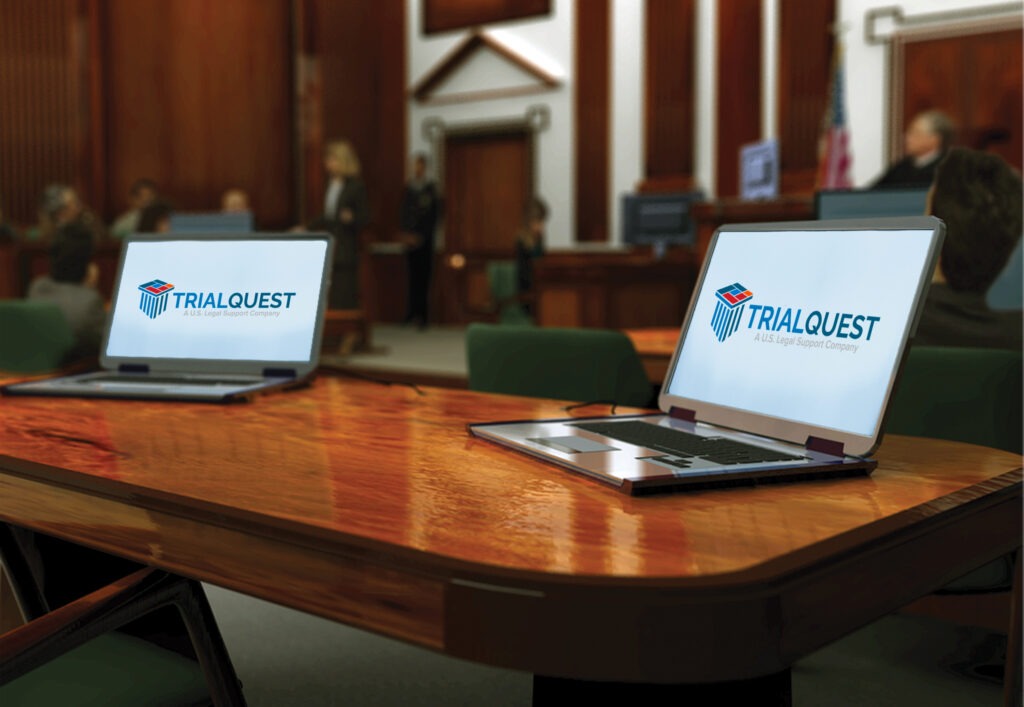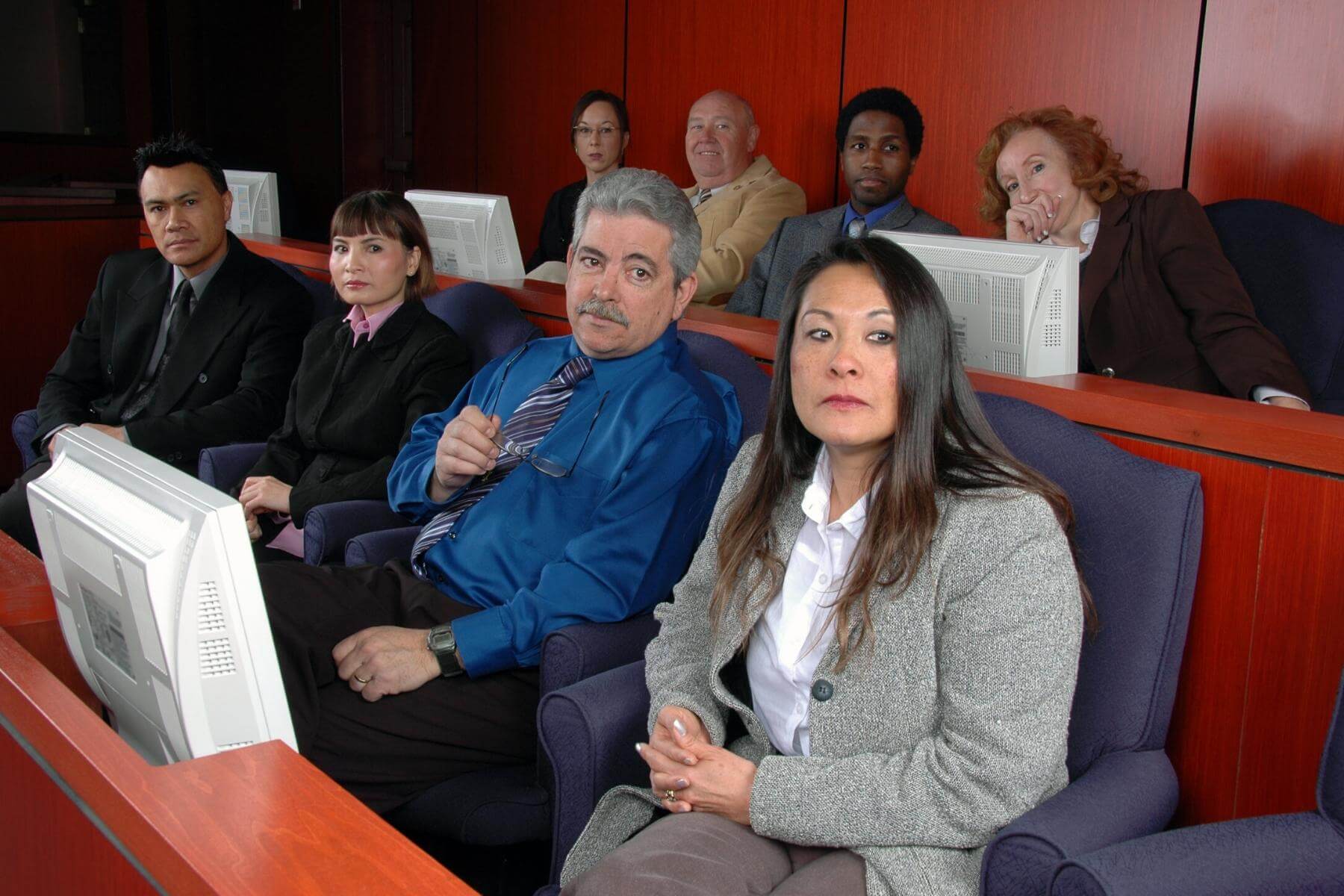Exactly How Trial Presentations Enhance Your Argument and Persuade Jurors
Test discussions act as an essential device for boosting legal disagreements and persuading jurors. By incorporating aesthetic help, narrative structures, and emotional involvement, lawyers can produce a compelling case that resonates on numerous degrees. The tactical use of visuals not just clears up complicated information yet likewise captures jurors' attention extra properly than words alone. Nonetheless, the art of storytelling plays an equally essential function in transforming valid proof into an engaging narrative, forming jurors' understandings - trial presentations. Understanding these components can substantially impact test outcomes, elevating the question of just how each component adds to this elaborate dynamic.

Significance of Visual Help
Visual help play an important role in boosting the efficiency of test discussions, as they can substantially raise target market interaction and retention of details. In the context of a test, where jurors are tasked with handling complicated details, aesthetic aids offer to simplify and make clear bottom lines. Graphes, graphs, and photos can communicate information and concepts that may otherwise bewilder or confuse jurors, permitting a much more simple understanding of the proof provided.
In addition, visual aids aid in keeping juror focus throughout the proceedings. By damaging the monotony of verbal statement, these devices can punctuate critical disagreements, making them extra memorable. Efficient aesthetic aids can likewise stimulate psychological reactions, which can be essential in encouraging jurors to straighten with the speaker's story.

Crafting Compelling Stories
An engaging narrative is necessary in test presentations, as it offers as the foundation of effective persuasion. It enables lawyers to weave with each other facts, evidence, and emotional components right into a coherent story that reverberates with jurors. This narrative framework enables jurors to comprehend the intricacies of the instance while guiding them through the attorney's disagreement.
To craft an engaging story, attorneys must concentrate on clearness and coherence. Furthermore, the use of vivid descriptions can produce mental images that help jurors envision the events, making the narrative more unforgettable.
Additionally, incorporating essential themes throughout the discussion enhances the core message and help in retention - trial presentations. The story needs to not just communicate information but additionally stimulate a sense of justice, highlighting the risks entailed. Eventually, a well-constructed story cultivates a connection between the jurors and the case, placing the attorney's argument as both reputable and engaging, therefore boosting the possibility of a favorable judgment

Involving the Jury Psychologically
Efficient jury involvement depends upon the attorney's capacity to link with jurors on a psychological level. This link can significantly influence jurors' perceptions and their utmost decision-making. Utilizing psychological appeals enables lawyers to humanize the case, changing abstract lawful ideas right into relatable experiences. By presenting real-life stories or testimonials, attorneys can stimulate compassion and compassion, promoting a much deeper understanding of the issues at risk.
Visual help, such as pictures or videos, can even more boost psychological engagement, offering jurors with brilliant depictions of the instance's human elements. Crafting a narrative that highlights the struggles and victories of the people entailed ensures that jurors see beyond the legal disagreements and acknowledge the human effects of their choices.
A lawyer's enthusiastic shipment can resonate with jurors, reinforcing their psychological investment in the case. It's important to balance psychological charms with accurate evidence, making certain that jurors really feel obliged to act while remaining based in the reality.
Structuring Your Presentation

The body of the presentation should be practically segmented right into bottom lines, each sustained by compelling proof. It is advantageous to make use of storytelling strategies to weave truths right into a narrative that jurors can conveniently comply with. Aesthetic aids, such as graphes and videos, can improve understanding and interaction, aiding to highlight vital items of evidence.
Real-World Study
Checking out real-world situation researches provides very useful insights right into the art of test presentations and persuasion. For circumstances, the spots case of "O.J. Simpson v. Individuals additional hints of California" illustrates exactly how aesthetic aids and compelling stories can persuade jury understandings. The defense group efficiently utilized an approach that combined prominent specialist testaments with multimedia presentations, which mesmerized jurors and inevitably affected their decision.
One more significant instance is the "McDonald's Coffee Situation," where the plaintiff's attorneys used graphic pictures of the injuries suffered by Stella Liebeck. trial presentations. This plain visual proof played an essential duty in sharing the severity of her burns, leading to a significant court honor. Such situations demonstrate that impactful trial presentations frequently hinge on the effective assimilation of visuals and narration to stimulate emotional responses from jurors
Furthermore, the "Casey Anthony Test" highlighted the relevance of narrative comprehensibility and integrity. The prosecution's failing to establish a compelling timeline lessened their convincing power, highlighting the necessity of a well-structured discussion. Examining these situations reveals that effective test presentations require critical preparation, emotional involvement, and the capability to resonate with jurors' worths and beliefs.
Conclusion
Test presentations significantly boost disagreements and persuade jurors via the tactical usage of visual help, compelling stories, and emotional involvement. By simplifying complex info and fostering blog links with the audience, these components create a remarkable and impactful experience. A well-structured presentation equilibriums sob stories with factual proof, ultimately reverberating with jurors' worths. The combination of these strategies not only affects decision-making Website but likewise underscores the value of effective communication in the court room.